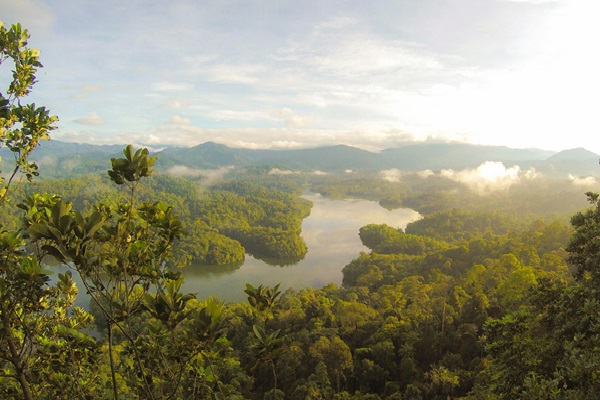Business travel is an essential component of corporate operations, facilitating face-to-face interactions, fostering relationships, and driving growth. It also places burden on the environment. From 15-20% of the aviation industry’s emissions stem from business travel. Given that aviation represents 2% of global energy-related CO2 emissions, the impact of business travel on the overall carbon footprint is significant.
The problem with carbon credits
Many organizations rely on carbon credits to offset the emissions generated by their business travel. These credits are intended to support projects that reduce or remove greenhouse gases from the atmosphere. However, their effectiveness is limited. Carbon credits alone cannot achieve the ambitious 1.5°-degree global temperature target or fully restore and conserve ecosystems. Many organizations invested significantly in carbon credits only to find that these credits simply did not deliver the anticipated impact – especially when claims were based on low-quality credits. A better tactic? Companies must execute projects that tangibly affect climate change, along with the responsible integration of carbon credits.
BCD marketplace partner goodcarbon connects companies to credible projects that have a verifiable impact on natural, climate and social aspects. The case studies in the goodcarbon report recount several sustainability projects that led to meaningful contributions to global environmental goals.
Goodcarbon case studies
- Generation Forest: In Panama, this nearly 30-year-old project engages with abandoned overgrazed cattle land and turns it into multi-species, multi-story, permanent forest ecosystems that result in large scale carbon sequestration.
- Great Green Wall of Gujarat: This flagship mangrove restoration project which will create a protective bioshield over an unprecedented 1,000 km coastline of the Gujarat State in western India.
- Varaha Subsistence Farming Practice: This transformative project in the Indo-Gangetic plain region of India is set up to revolutionize subsistence farming practices on a large scale by implementing a range of regenerative agriculture practices that not only promises potential reductions in emissions and carbon sequestration but also aims to bolster the income of smallholder farmers.
The takeaway: Carbon credits are relevant, but shouldn’t be the default. Focus on emission reduction first and then use carbon credits to compensate any remaining unavoidable emissions.


